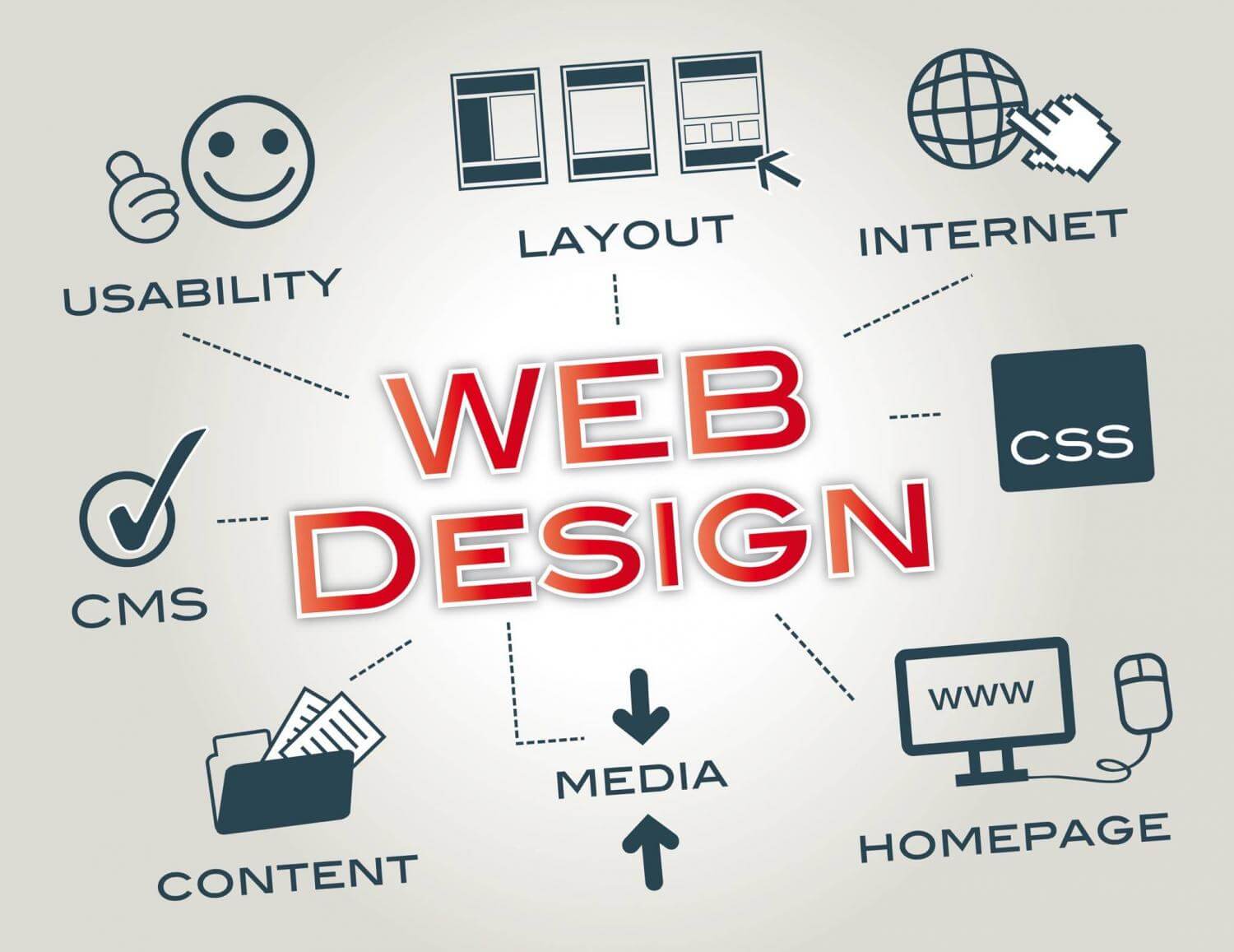Maybe it’s time for a career change? In this article, we will talk about the profession of an interface designer – who is he, what does he do and what is his salary. Let’s look at specific examples of vacancies, discuss the pros and cons of this profession and analyze exactly how you can become a first-class specialist in this field.
Anyone who is interested in IT and, in particular, design, I strongly recommend reading the article to the end. It is quite possible that she will inspire you, and you will want to become that same interface designer. By the way, this profession is also called “UX UI designer”.
Many may have a question, what is an “interface”? An interface is a kind of “intermediary” through which 2 systems interact with each other. In design, “systems” usually refers to humans and computers. That is, the interface “helps” a person interact with a computer. This is in very simple terms.
Is the profession of an interface designer in demand?
In the information age, a huge number of websites, services and mobile applications are being created. And all of them cannot exist without interfaces. Do you understand what I mean? Today, the interface designer is one of the most sought-after professions in the IT field.
Any digital product needs an interface, which means that a specialist is also needed to solve this problem. The demand for this profession is gaining momentum every year and will be among the leading vacancies for a long time to come.

What will happen next? Perhaps it is transforming into some other profession, as it was with the profession of a web designer. Those. initially there was “Web design”, then the market changed and UX / UI design appeared and along with it interface designers. Something similar might happen again.
As for me, guessing about distant prospects is a waste of time. Now there is a fact that an interface designer is a sought-after specialty. If you like it, then start studying and strive to become a professional in it. You should not worry about what will happen in 10-20 years. Everything can change radically. But that’s no reason not to do what you love, right?
Many say that interface designers will soon be replaced by “artificial intelligence”. Personally, I am very skeptical about such a hypothesis, because artificial intelligence is not so developed that it can do without the participation of a living person. People have something that artificial intelligence is completely missing. I’m talking about creativity now.
Another interesting responsibility worth mentioning is the control of the implementation of their ideas. It often happens that after development, the finished product does not quite match the design that you submitted for development. The fact is that developers are not designers and they do not know all the design nuances that you know. Therefore, they can sometimes deviate from layouts and do at their discretion. And this needs to be monitored closely.
Such “control” is called “UX UI testing”. You are given a finished product, and you study it yourself (click, scroll, check the indents, etc.) and compare it with what you put in the design. If everything is implemented as it should, then it’s good. If not, then write a comment with attached screenshots of the design (as it is and as it should be).
How to become a UI designer from scratch
In order to become a sought-after specialist, you need to acquire relevant knowledge and skills in this profession, which will allow you to find your first job and start your journey in design. You can get all this on the UX UI Designer course with guaranteed employment or try to master the profession on your own.

A guideline is a detailed documentation of how a design should look and how elements should interact with each other. In another way, they are also called design systems. There are 2 most common design systems:
- Material Design (by Google)
- Human Interface Guidelines (from Apple)
The difference between guidelines and UI-kit is that the guideline is documentation (everything is written in text and examples of how it should look like are shown), and UI-kit is a ready-made set of elements that you can take and use in your projects.
The Material and HIG guidelines have their own UI kits, which are compiled according to the documentation.
Theory without practice is nothing, so start practicing as early as possible. Come up with design tasks for yourself and implement them. In this way, you can slowly collect your work in your portfolio. To create a portfolio, I recommend registering on the behance service.
Another option is to redesign existing sites, improving their usability and appearance.
